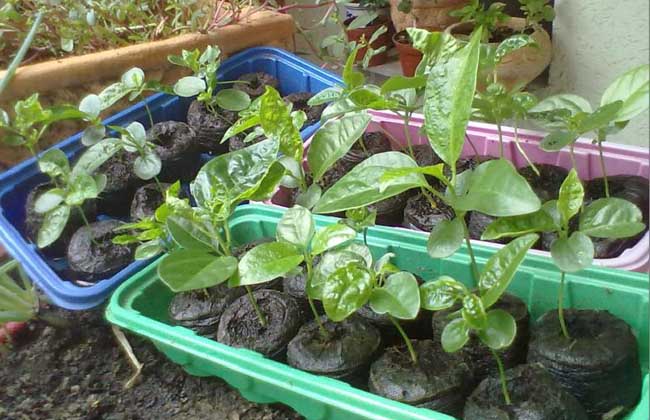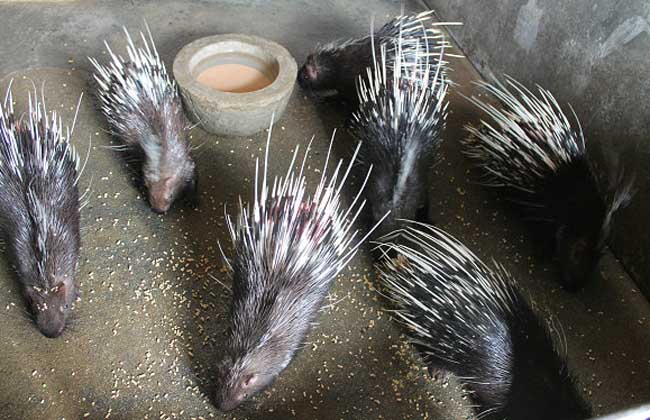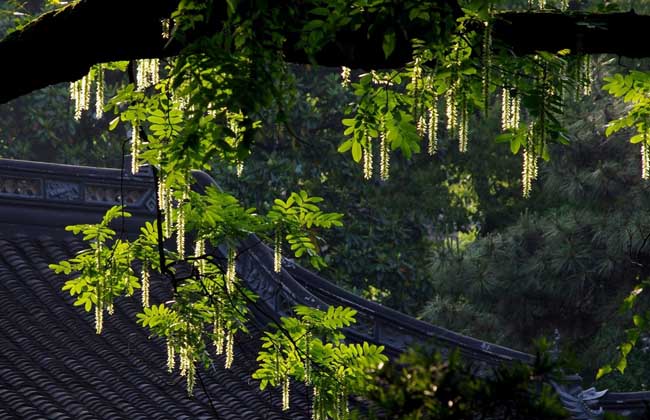How much is the price of passion fruit seedlings?

Passion fruit is a perennial evergreen climbing vine tropical fruit, named for its juice with the aroma of guava, mango, banana and other fruits, strong adaptability, vigorous growth, disease and insect resistance, early production, high yield, good quality, storage and transportation resistance, wide market, high economic benefits, in foreign countries have the "cash cow" reputation, let's take a look at Passion fruit seedling price how much it is!
How much is passion fruit seedling price?
.stabs td{text-align:left;text-indent:0.5em} Variety Category Reference Price Minimum Quantity Passion Fruit Seedling 5 Yuan/50 Passion Fruit Large Seedling 15 Yuan/50
Note: According to the varieties of passion fruit seedlings, there are purple seeds, yellow seeds and hybrid seeds. The price will vary according to the varieties and quality of seedlings. Please take the actual price as the standard when purchasing.
Cultivars of passion fruit
1. Purple species: Purple species Passion fruit is also called wild species or local color species. The plant growth potential is weak, but the cold resistance is strong. It can adapt to growth in mountainous areas with an altitude of 1000 meters. The stems, leaves and tendrils are green. The fruit is round or oblong. When the pericarp is hot, it is black. The fruit is small, with an average fruit weight of 35 grams and a low yield of about 5000 kg per hectare. Purple passion fruit is pollinated naturally by insects and does not need artificial pollination.
2, yellow species: yellow species Passion fruit plants with climbing, vigorous growth, strong adaptability, but weak cold resistance, suitable for low altitude growth (below 500 meters). The stems, veins and tendrils are purplish red, the fruits are oblong or round, the pericarp is bright yellow when hot, and the juice rate is about 34.18%. The fruit is large, of good quality and high yield, about 25,000 - 30,000 kg per hectare. Because of the special structure of flower organs and their self-incompatibility, self-pollination is not easy to bear fruit, and artificial pollination must be used between cross-plants or cross-varieties to bear fruit.
3. Hybrid seed: "Tainong No. 1" was bred from the hybrid Fl of purple seed as female parent and yellow seed as male parent. The plant growth characteristics, yield and quality of the variety were between the two parents. The stem, petiole and vein were green with purplish red, tendrils were green, but the first stalk was slightly red. The natural fruit setting rate could reach more than 60%. Fruit ripe when the pericarp was bright red, slightly smooth, thinner than yellow shoots, and there are more compact white fruit points. The maximum fruit weight is 120g, and the average fruit weight is 62.8g. The average annual yield per plant can also reach 20.86 kg, the yield per hectare is about 20000 kg, and the next year can reach 25000~30000 kg.
Technique of bare root seedling raising of passion fruit
1. Selection of improved varieties: In the fruit maturity period, select fully mature, large fruit, juicy, thin skin and disease-free fruits from excellent mother plants, wash and dry the seeds, and use them as seedling materials. The seedling emergence rate of seeds in that year is high, up to 95%. The seedling time is generally from September to May of the following year.
2, nursery finishing: soil deep exposure for 5 to 7 days. Rake fine bed, bed height 20 cm, width 80~100 cm. A path 40 cm2 wide is left between the ridges. Remove stones, roots and other debris from the garden. 7.5 kg calcium magnesium phosphate or calcium superphosphate per 100 m2 nursery was applied during ridge preparation. And fully mixed with topsoil, leveling surface.
3. Seed treatment: soak seeds in water for 2~3 days, and wash off the outer colloid of seeds by hand. Each kilogram of seed is dressed with 10 - 15 g of carbendazim or thiophanate-methyl, and seeds can be sown after 20 - 30 minutes of seed dressing.
4, seed germination: germination bed finishing and nursery the same, germination bed finishing, the seeds evenly scattered on the germination bed, covered with a layer of 1~2 cm of fine river sand. Cover with a 5 cm layer of grass. Water thoroughly. Surrounding the germinating bed with plastic cloth into a cloth wall, 60 cm high, moisturizing and anti-rat. Set up shade or install shade net to maintain 40~50% shade. After sowing, water is poured once every 3 days, the shade is opened for ventilation for 1 day, and the shade is closed at 7:00 p.m. After 7~10 days, the seeds are shaded and partially unearthed. At this time, the grass cover and plastic cloth wall are removed.
5. Timely transplanting: Before transplanting, the nursery should cover the shade net or set up a good shade, maintain 10~50% shade, and transplant from the germination bed when the seedlings grow to stable cotyledons. Before transplanting seedlings, water should be poured thoroughly to facilitate seedlings, and attention should be paid to maintaining root systems. Transplanting depth is seedling germination depth. Seedlings are planted as they are taken. After transplanting, irrigate enough root-fixing water.
6. Nursery management: irrigate once every 2 days after transplanting to keep the nursery moist. Weeds in the garden were cleared by spraying 15 kg of water with 15 ml of dichlorvos and 15 g of thiophanate-methyl every 15 days to control early disease. Within 10 days after transplanting, if there is a lack of plants, timely replanting. After the seedlings grow two true leaves, nitrogen and phosphorus can be applied thinly, spraying with 0.1% urea and 0.2% potassium diammonium phosphate solution once every 7 days to promote the good growth of seedlings.
7. Nursery management: After 60~80 days of seedling growth, the stem diameter can reach 0.3~0.5 cm and the height can reach 30~40 cm, so that the nursery can be planted in the field. Gradually reduce nursery shade 20 days before emergence, or remove shading nets 10 days before emergence to train seedlings. Before seedling, the seedbed should be watered thoroughly to make seedling easy. After seedling, some leaves (generally one third) and long roots should be cut off in time to facilitate transportation and ensure the survival rate of planting.
Related
- A course of planting techniques and methods on how to grow carrots
- How to plant the latest tulips?
- Is it better to pick tea in the morning or in the afternoon? When is the best time for tea to be picked? what is the third or fifth tea?
- Launch Yuanxiao Happy combination Haocha + Tea Yuan healthy Taste
- Penghu Tourism "Fireworks 20 Parade with You"
- 2022 West Lake Happiness holds "Digital Revitalization Voucher" and draws iphone13 and laptop.
- Banqiao Fuzhou social houses are designed to change start-up combined with police elimination to create a safe and livable environment
- The convenient measure of "mechanical weeding" in Xinbei has been abused and the Agriculture Bureau has imposed heavy penalties on the illegal land consolidation.
- Changgeng University Joins Hands with Four Memory Factories to Rescue Memory Talent Shortage
- The list of Taiwan's top 100 MVP managers is listed by the Director-General of the Farmers' Association of Sanxia District.



